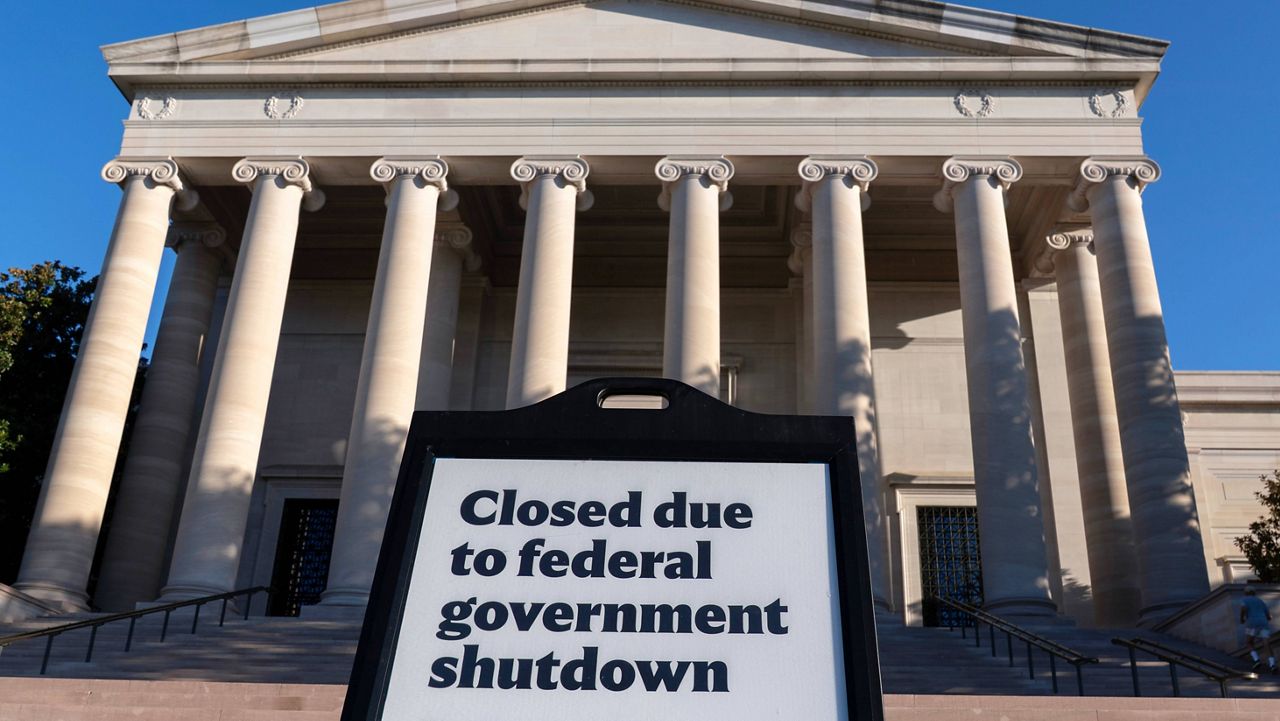New York state has hired 150 former federal workers ensnared in mass layoffs earlier this year, and is prepared to hire more as President Donald Trump threatens to fire additional government employees if the shutdown continues.
State agencies have received 12,500 applications from displaced federal employees as of Oct. 1, according to Gov. Kathy Hochul’s office.
The number does not reflect the number of individual applicants, as people seeking employment in New York applied for multiple positions at many state agencies.
The state has made offers to more than 250 people of the 150 who accepted a position.
“We really hope the governor continues advocating for this with the federal workforce,” said Joshua Terry, the Civil Service Employee Association’s director of legislative and political action.
The state launched a monthslong advertising campaign in February targeting more than 300,000 workers slashed by the Department of Government Efficiency weeks into the president’s second term.
“Any additional employees that we can get to come in to relieve overtime to provide services that New Yorkers need we think is really valuable,” Terry said.
Congress has failed to end the shutdown since Oct. 1, with over 600,000 employees furloughed, and others working without pay.
Federal labor union leaders are fighting additional layoffs, but are hopeful multiple states will continue to provide workers a more stable place to land.
David Gonzalez, the national vice president of the 2nd District of the American Federation of Government Employees, worked in the federal Bureau of Prisons for 25 years and said he has never seen a shutdown used to permanently displace employees.
“We think that the administration is violating the law, because that’s not what a government shutdown is for — to lay off employees,” Gonzalez told Spectrum News 1.
The union filed a lawsuit over the weekend to block President Trump from mass firings during the shutdown.
“We don’t want to lose our members, and we’re hoping that our members hold tight and allow the process to play out,” Gonzalez said. “But of course, if you’re displaced for no apparent reason and you need a job and have to pay your bills and put food on the table and provide for your family, that’s a personal choice. So we’re thankful that the state governments … offered our members an opportunity to get a paycheck.”
Gonzalez said federal agencies were short 100,000 workers before DOGE layoffs last winter.
“This is just killing the government at a slow pace,” he said.
The state’s targeted advertising ended this summer, but Terry said the initiative to hire former federal workers should continue.
He said further changes need to be made in next year’s budget to reform Tier 6, or the state employees’ pension system.
Last year’s budget included changes Tier 6 employees, including using the average three highest consecutive years of their earnings to calculate their retirement benefits and extending the two-year exclusion of overtime pay to determine a worker’s contribution rate to their pension benefit.
Terry said those changes were a start, but didn’t give Tier 6 employees parity with other state workers. Other reform is needed, he said, related to contribution rates, retirement age and penalties for retiring before the age of 63.
The changes could reduce overtime costs and make state jobs more attractive, he added.
“We are very proud [of the steps we’ve made]…but we still have a long way to go to achieve parity between Tier Six and Tiers Four and Five,” Terry said. “…We are under no illusion that we can achieve it in one year. This is a gradual process and we want to make sure that we have partners in government that are willing to work on this with us.”
Tier 6 employees make up roughly two-thirds of the state workforce.
The governor will not announce her financial and legislative priorities until January.
